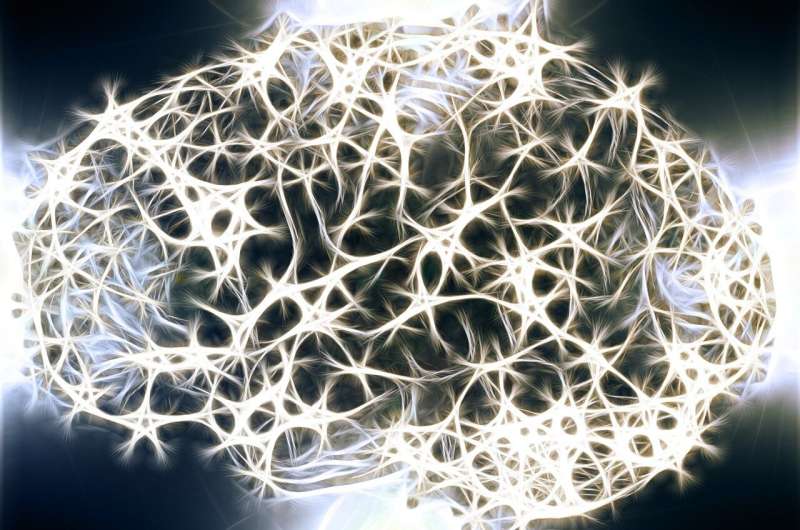New Insights into TEAD Proteins' Diverse Roles in Brain Development

Studies at St. Jude reveal the complex roles of TEAD proteins in neural development, highlighting their importance in both neural progenitor proliferation and differentiation, with significant implications for therapeutic strategies.
Recent research from St. Jude Children's Research Hospital has uncovered surprising functions of TEAD proteins in neurodevelopment. Traditionally, TEAD proteins are recognized for promoting the self-renewal and proliferation of neural progenitor cells by recruiting YAP, a key regulator that activates genes involved in tissue growth. YAP is notably associated with oncogenic processes, and its activity is tightly controlled during normal brain development to ensure proper neural cell function.
However, groundbreaking findings reveal that TEAD proteins are more versatile than previously thought. When TEAD proteins are knocked out in experimental models, instead of decreasing proliferation, neural progenitor cells in the ventral telencephalon become stalled in their immature state, failing to differentiate into mature neurons and glia. This indicates that TEAD proteins also play a crucial role in promoting cell differentiation, a process essential for the maturation of the nervous system.
Delving deeper, researchers identified that TEAD proteins switch their partners during neural development. While they typically interact with YAP to drive proliferation, they later bind with a different partner called INSM1, which shifts their role towards promoting differentiation. This partner switch is vital for neural progenitor cells to mature successfully.
These insights have significant implications for drug development, especially considering YAP's importance in cell proliferation and its status as an oncogene. Targeting TEAD proteins directly has been a strategy under investigation, but this new data underscores the complexity of their functions. Inhibiting TEAD could inadvertently hinder the differentiation process, highlighting the need for nuanced approaches when designing therapies targeting these proteins.
Overall, this research emphasizes the intricate and context-dependent roles of TEAD proteins in brain development, opening new avenues for understanding neurodevelopmental processes and tackling related disorders.
Stay Updated with Mia's Feed
Get the latest health & wellness insights delivered straight to your inbox.
Related Articles
Early Indicators: How Lifestyle-Related Brain Chemical Changes May Signal Dementia Risk
A groundbreaking study reveals that lifestyle-related changes in brain chemistry may serve as early indicators of dementia risk, highlighting the importance of modifiable factors like diet, exercise, and social engagement for brain health.
New Treatment Approach for Dizziness and Heart Race After Standing
Recent studies reveal that ivabradine, a heart failure medication, may provide significant relief for POTS patients by controlling abnormal heart rate surges, improving symptoms and quality of life.
Promising New Compounds Show Potential for Remyelination in Multiple Sclerosis Treatment
New research identifies two experimental compounds with the potential to promote remyelination and repair nerve damage in multiple sclerosis, offering hope for disease-modifying therapies.
Revolutionizing ECG Interpretation by Unlocking the Heart's Hidden Geometry
Scientists at King's College London have discovered how the heart's orientation influences ECG readings, paving the way for more personalized and accurate heart diagnostics using advanced digital twin models.



